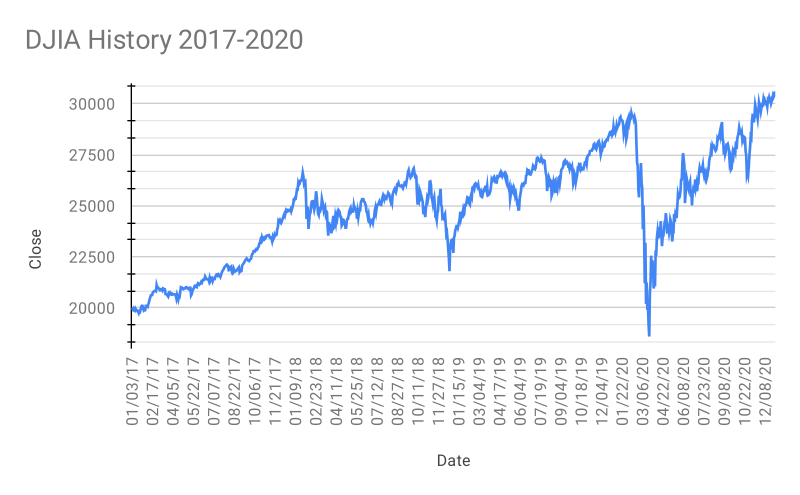Trump’s Tariff Shock Sends Dow Jones Plummeting
The U.S. markets experienced a significant downturn on Monday, 7th of July, following the announcement of impending tariffs by President Donald Trump on goods imported from seven countries. This anticipation of trade-related tensions instigated the Dow Jones Industrial Average to tumble by 422.17 points or 0.94%, closing at 44,406.36. In tandem to this, the S&P 500 saw a decrease of 0.79%, settling at 6,229.98, and the Nasdaq Composite ended the day at 20,412.52, with a drop of 0.92%.
Trump signaled his intent through a series of messages, each containing letters addressed to the heads of Laos, Kazakhstan, South Africa, Malaysia, Japan, Myanmar, and South Korea. These letters outlined the new tariff rates slated to be effective from the start of August. Karoline Leavitt, the White House press secretary, further amplified these communications, stating that a total of 14 such letters would be dispatched on Monday.
Leavitt also brought to light that more tariff-related announcements are projected for the days ahead. She corroborated the Presidential decision to defer the tariff enforcement deadline, initially fixed for this week, to August 1, by means of an executive order. This disclosure made a clear impact on the stocks of companies with significant international business dealings.
The share prices of Japan-based automakers Honda Motor and Toyota Motor both plunged by 4% in response to this news. Similarly, tech giants Apple, Alphabet, and AMD all saw their shares reduced by more than 2%, while shares of Nvidia also followed the falling trend. It thus became patently clear that these tariff adjustments marked the initial volley in a series of trade policy announcements expected from Trump in the near future.
Scott Bessent, the Treasury Secretary, echoing this sentiment on Monday, suggested that numerous trade policy announcements could be anticipated over the subsequent 48 hours. He alluded to the upcoming days as being stimulatingly active, in this regard.
Trump’s tariff threats, however, were not limited to the aforementioned seven countries. An extra layer of complexity was introduced when he mooted the idea of an additional 10% tariff on those countries supporting the policies of BRICS, a consortium of emerging economies encompassing Brazil, Russia, India, and China.
The U.S. President did not provide further insight into what exact policy of BRICS he was challenging, leaving room for speculation and concern within international trading communities.


